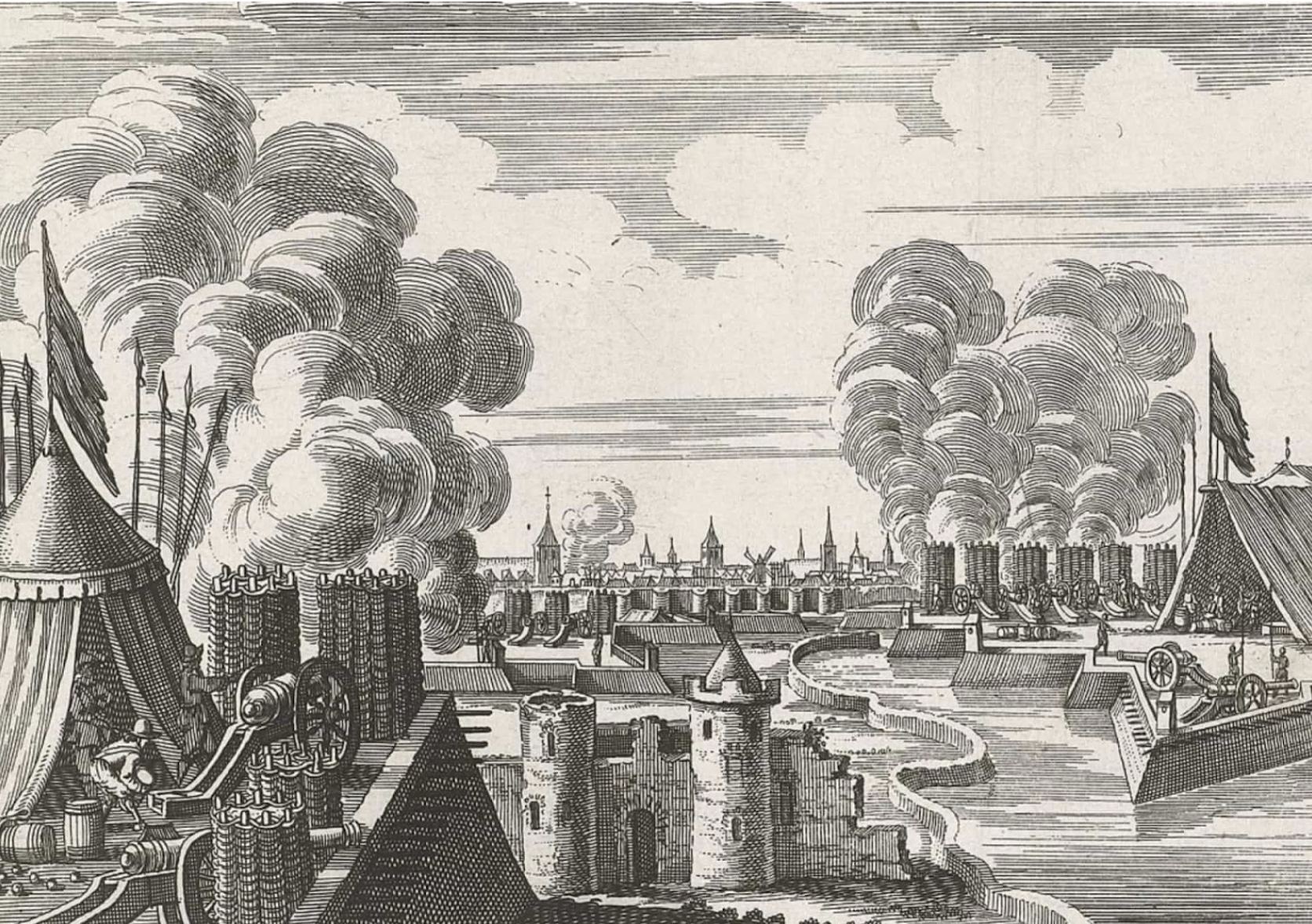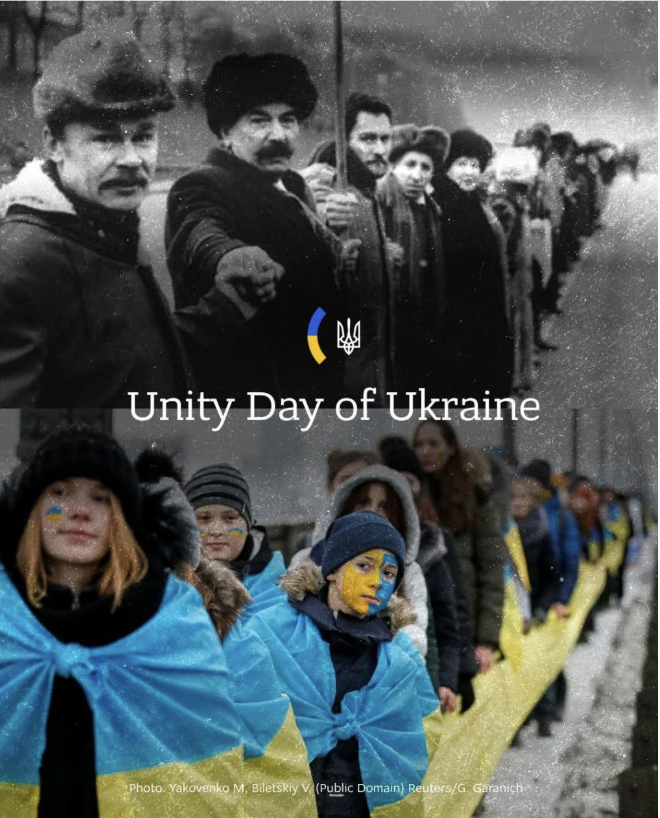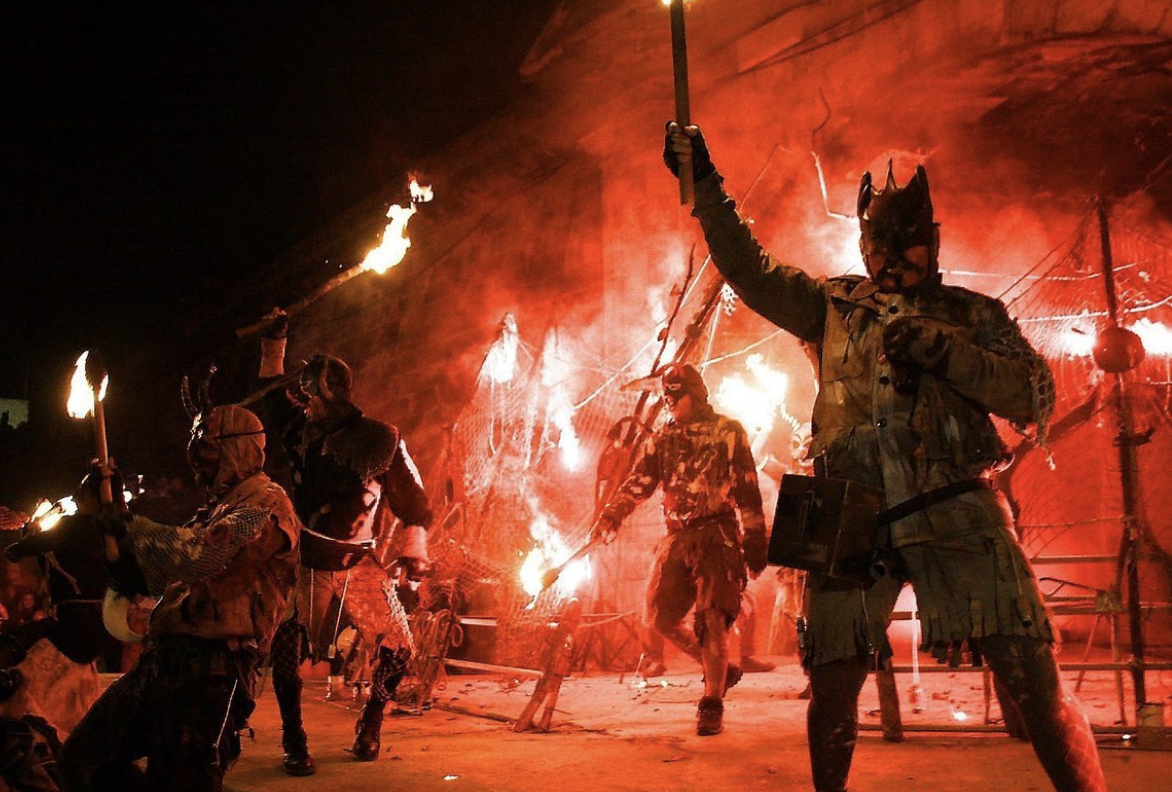By Vlada Derkach, Year 11
Last week, the school held a celebration for Diwali, which is the Hindu festival of lights. In light of difficult times of war and conflict, this celebration, which usually occurs during late October or beginning of November, helped spread positive vibes around the La Grande Boissière this past Tuesday. Even though Ecolint students are privileged enough to live in a country where there is peace and safety, this Diwali celebration, where beautiful dances were performed and traditions were spread to everyone, including those of non-Hindu religion, helped the school unite as a community and persevere through difficult times.
Diwali originates from one of the stories in Hindu mythology dating back to 527 B.C. It is said that it is the day Rama, his wife Sita Devi and his brother Lakshmana returned from 14 years of exile to their home country. The reason his return was celebrated was because Lord Rama defeated Ravana (a ten-headed demon king in Hindu mythology), and consequently, the villagers celebrated by lighting their paths with lamps. The correlation between Diwali and this story is that it was born as the festival of lights to show that good will always persevere against evil.
Nowadays, Diwali is celebrated to worship the goddess Lakshmi and seek her blessings. In Hindu religion, she is believed to have retreated to the Milky Ocean, one of the seven oceans in Hinduism and came out after the Gods churned the sea, following her consort’s Vishnu’s instructions. Lakshmi came out of the sea as a lotus flower. She therefore represents wealth and prosperity. One of her traits is preserving and restoring order in the universe. She also is considered the epitome of positive energy, which is one of the main reasons why she is the main figure of Diwali celebrations and why this festival is so widely appreciated by not only Hindus.
Part of Diwali traditions are traditional Hindu dances, which were performed by several students in Ecolint on the day of the celebration. Indian dances have a very uniting, symbolic effect, promoting unity and shared identity between people.
Another tradition is drawing henna on hands. Henna is a traditional way of tattooing mainly girls. This perforates them for marriage, which is only implied by its symbolism; a sign of wealth, prosperity and healthy relationships. It is also believed the darker the henna, the deeper the love between two individuals.
Since Diwali is a celebration of light, it comes as no surprise that another tradition is lighting lamps to show how good always wins over bad. This is done on both the inside and outside of homes with Saaki/Diya, which is a type of lamp made of clay. Lighting of fireworks and making Rangoli (drawn rows of color to decorate homes during Hindu festivities) are additional activities during Diwali, used to celebrate the goddess Lakshmi. Families also participate in various feasts and distribute Mithai or sweets to children, however, adults enjoy them too!
Lastly, Diwali ends with reflections and thoughts about the hope this celebration brings to people who may or may not be going through tough times. This is why it is so important to celebrate it in our international school.



